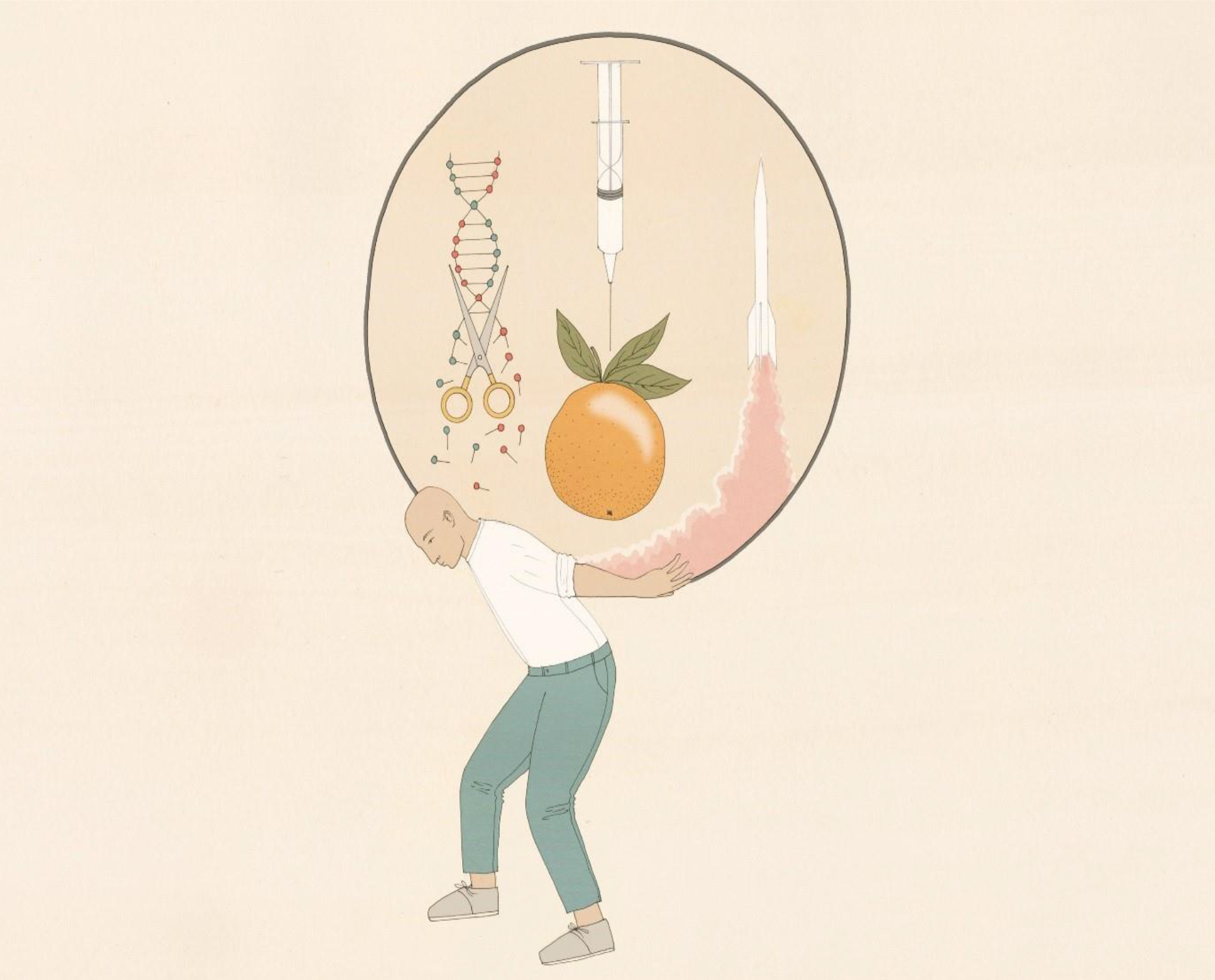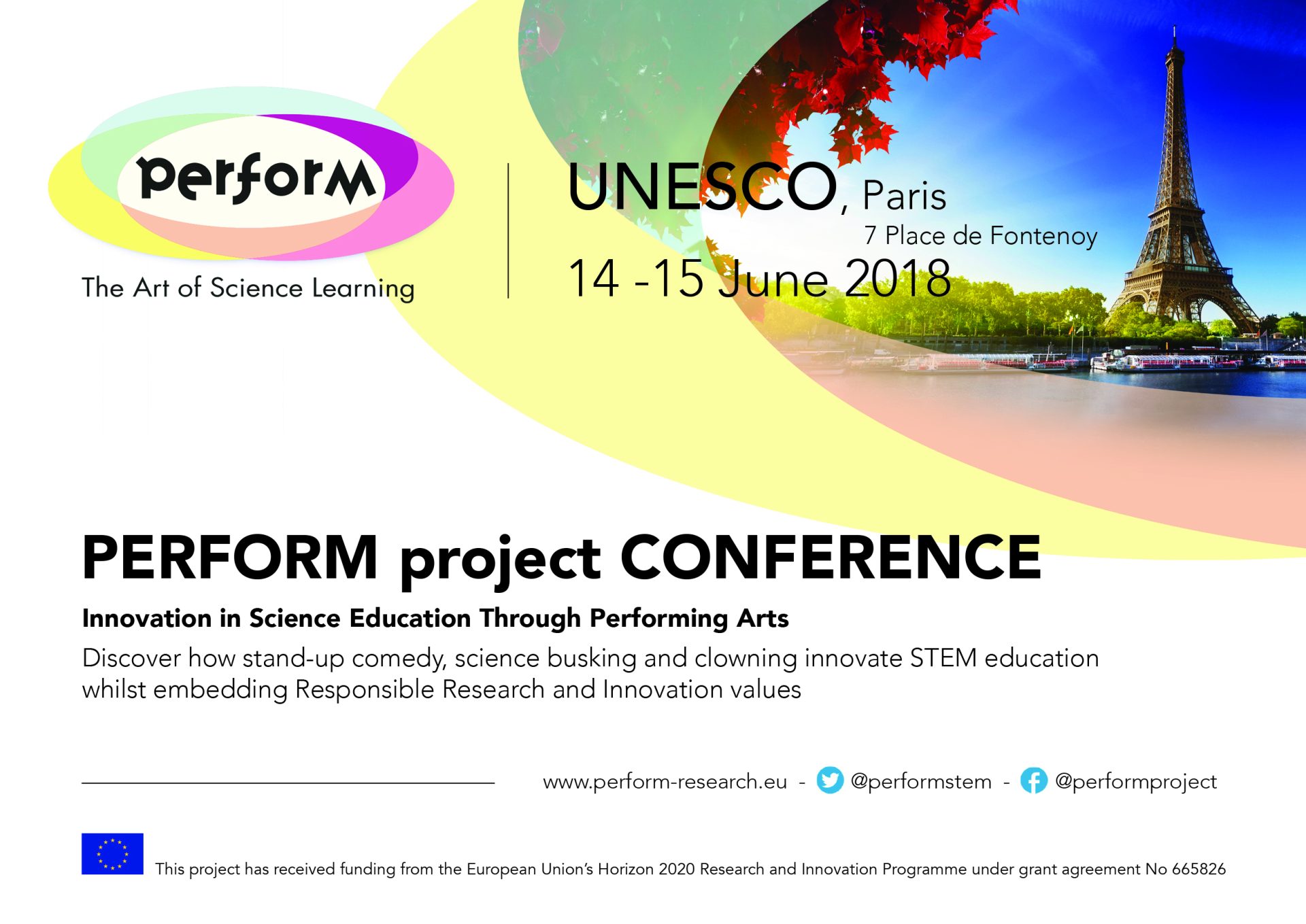Storytelling shaping Science Communication
“Stories are one of the principal means by which science is situated in society. Stories represent science in many different ways, reflecting diverse contributors and contexts.” With this sentence, Brian Trench, researcher, educator and editor in science communication who has been president of the PCST Network since 2014, sets the scene for the Public Communication of Science and technology Conference 2018.
 The meeting is held in Dunedin, New Zealand form the 3rd to the 6th of April 2018 and it offers
The meeting is held in Dunedin, New Zealand form the 3rd to the 6th of April 2018 and it offers the possibility to explore and discuss the various nuances of storytelling and science communication that can strongly shape the relation between science and society.
the possibility to explore and discuss the various nuances of storytelling and science communication that can strongly shape the relation between science and society.
The Perform project is, among the others, one of the different efforts to innovate science and technology learning and teaching processes through performing arts where the ability to create stories and transform them into engaging performances is one of the major tool to share the human side of research.
The PCST conference hosts two sessions focusing on the advancements and challenges of the PERFORM project.
The first one about “New approach to science communication” is presented in the parallel session C on Wednesday by Casimiro Vizzini from UNESCO and Isabel Ruiz Mallen from Open Univarsity of Catalonia to share the progress of the PERFORM project and its impact on policy making in science education
While on Thursday Helena González Burón, and Oriol Marimon Garrido, from Big Van Science will explore the performance techniques used in the PERFORM project to innovate STEM education and the use of Participatory science communication to rise scientific vocations.
Two interesting stories among the many that will be presented during all the week in Dunedin to highlight, as Brian Trench stresses, that: “It is one of the notable achievements of the science communication movement of the past two decades to have stimulated awareness that there are many and increasing ways of communicating science with various audiences. Part of that awareness is breaking down the supposed hard border between presenting facts and telling stories. Facts need to be selected, dressed and put into order for them to be communicated; they need, in other words, to be arranged into stories.”





